Entry Category: Science and Medicine - Starting with U
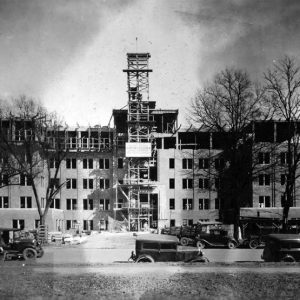 UAMS Construction
UAMS Construction
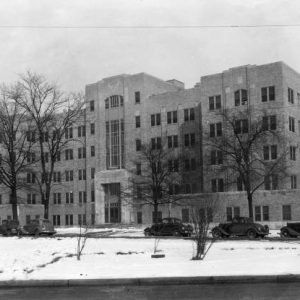 University of Arkansas for Medical Sciences
University of Arkansas for Medical Sciences
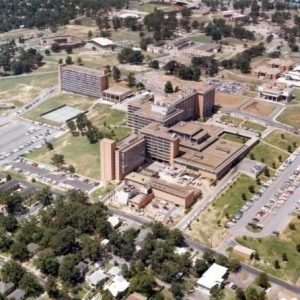 University of Arkansas for Medical Sciences
University of Arkansas for Medical Sciences
University of Arkansas for Medical Sciences (UAMS)
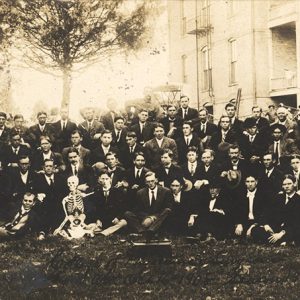 UAMS Students; 1908
UAMS Students; 1908
University of Arkansas Rice Research and Extension Center
 Dr. Evangeline Upshur
Dr. Evangeline Upshur
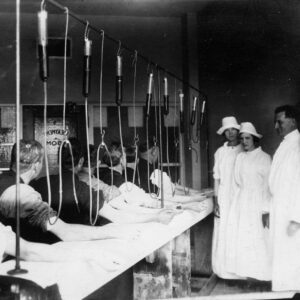 USPHS Clinic's Salvarsan Room
USPHS Clinic's Salvarsan Room
USPHS Venereal Disease Clinic
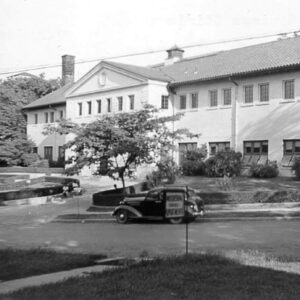 USPHS Venereal Disease Clinic
USPHS Venereal Disease Clinic
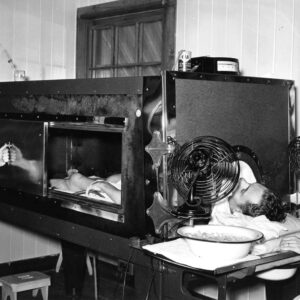 USPHS's Camp Garraday Clinic
USPHS's Camp Garraday Clinic




